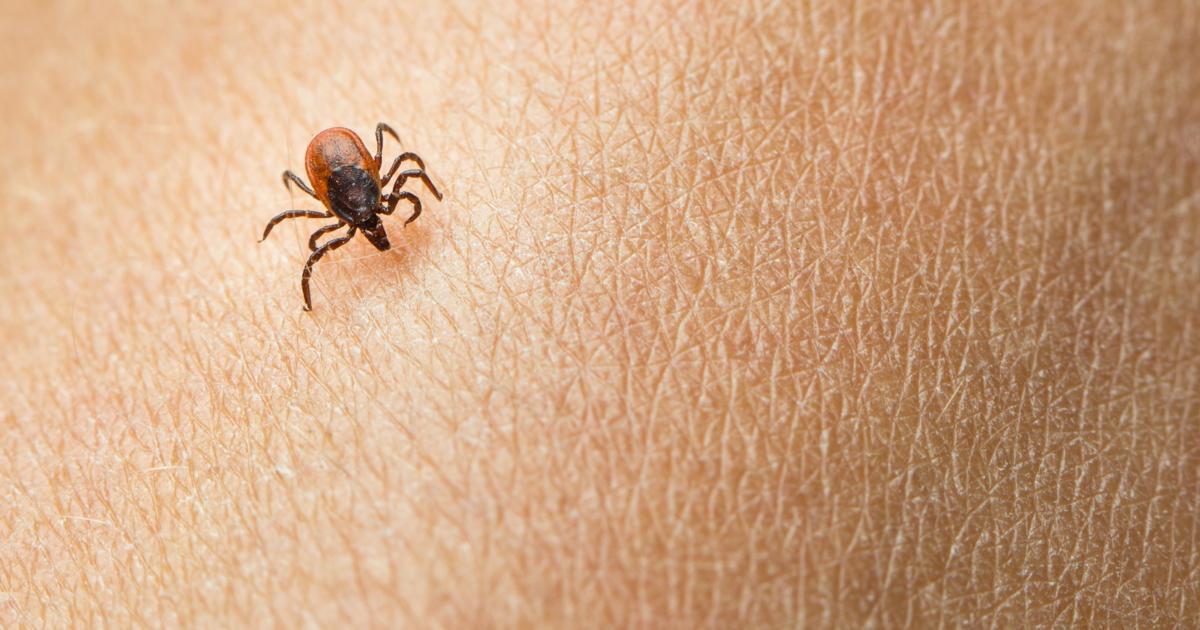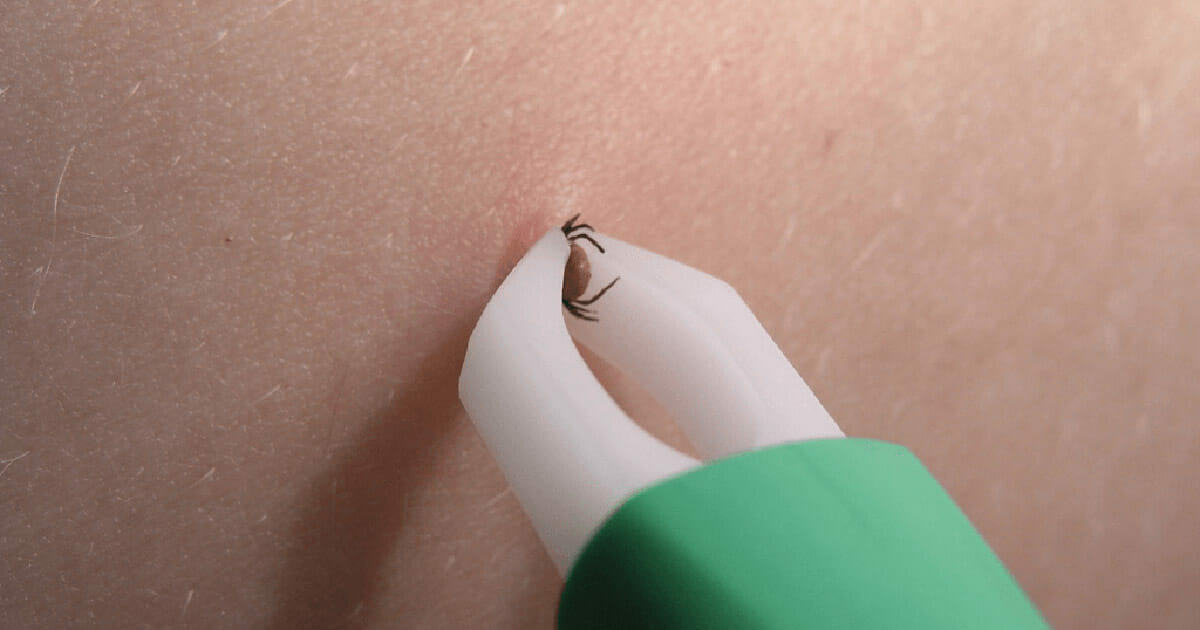Causes And Risk Factors For Lyme Disease
Lyme disease is one of the most common illnesses humans contract from tick bites. While only about thirty thousand cases are officially diagnosed each year, it's estimated 300,000 Americans actually contract Lyme disease, making it a major cause for concern in areas where tick populations are high. If left untreated, it can lead to painful and debilitating symptoms like body rashes, arthritis, heart problems, and inflammation of the brain or spinal cord. Thankfully, with proper education, Lyme disease is an easily preventable condition. Here is a look at the most common causes and risk factors responsible for the transmission of this dangerous illness.
Borrelia Burgdorferi And Borrelia Mayonii

Borrelia burgdorferi and Borrelia mayonii are the two types of bacteria responsible for Lyme disease in the United States. These unique, corkscrew-shaped creatures move from the salivary glands of an infected tick into the bloodstream of a human at the site of a tick bite. From there, the bacteria can move to almost any point of the body, which is why symptoms of Lyme disease can be so wide-ranging and affect many different bodily systems. For many years, researchers believed Borrelia burgdorferi was the sole bacterium responsible for the spread of Lyme disease. However, in 2013, a similar, yet genetically distinct, species (Borrelia mayonii) was discovered in the bloodstream of several patients who were suspected to be suffering from the condition.
Reveal the next piece of information about the causes and risk factors of Lyme disease now.
Most Common Ticks Responsible

The most common ticks responsible for transmitting Lyme disease depend on what region of the country an individual is in. For the west coast, it's the Ixodes pacificus, which is more commonly known as the western black-legged tick. In Midwestern states and on the east coast, the most common culprit is Ixodes scapularis, also known as the deer tick. Finally, in southern states, Amblyomma americanum, commonly called the lone star tick, has also been known to spread Lyme disease. Among all three species of tick, young ticks (also known as nymphal ticks) are the most likely to transmit the disease. This is because they are much smaller than adult ticks and are therefore harder to notice and remove.
Continue reading to learn about the next risk factor for Lyme disease.
Exposed Skin

Anyone who spends time in areas where infected ticks are present has the potential to be infected with Lyme disease. However, ticks are most likely to bite individuals who present them with exposed skin. To reduce the risk of contact, it's always important to wear long sleeves and long pants when entering into areas with tall grass or wooded areas, like the forest. This is especially important advice to follow during the spring and summer months when tick populations are at their highest. Even if you've taken precautions to avoid exposed skin in these danger areas, it's always important to check for ticks after returning home.
Get to know the next major risk factor for Lyme disease.
Prolonged Periods In Wooded Or Grassy Areas

It doesn't take long at all for a tick to bite you, but individuals who frequently spend prolonged periods in wooded or grassy areas are obviously at an increased risk for contracting Lyme disease. Luckily, there are ways to decrease this risk. When in the forest, stick to visible trails, as high grass and plants where ticks can live are generally cut down or leveled entirely. Also, when avoiding high grass entirely isn't an option, be sure to tuck pant legs into socks so ticks aren't given the opportunity to attach themselves to your body. Finally, whether you're on established trails or not, use insect repellent to keep ticks at bay.
Continue reading to learn more about the risk factors of Lyme disease.
Not Removing Ticks Properly

A tick bite, even one by an infected tick, does not necessarily mean an individual will catch Lyme disease. It generally takes a day or two for transmission of the disease to occur. So, the removal of ticks once they're discovered is an important step in preventing Lyme disease. However, not removing ticks properly can put you at risk for the condition. To safely remove a tick, use a sterile pair of tweezers to grab it as close to the skin as possible. Using steady pressure, pull the tick straight up from the skin to ensure all parts of the tick (especially the jaws) have been removed. Finally, treat the affected area with rubbing alcohol or soap and water to disinfect.